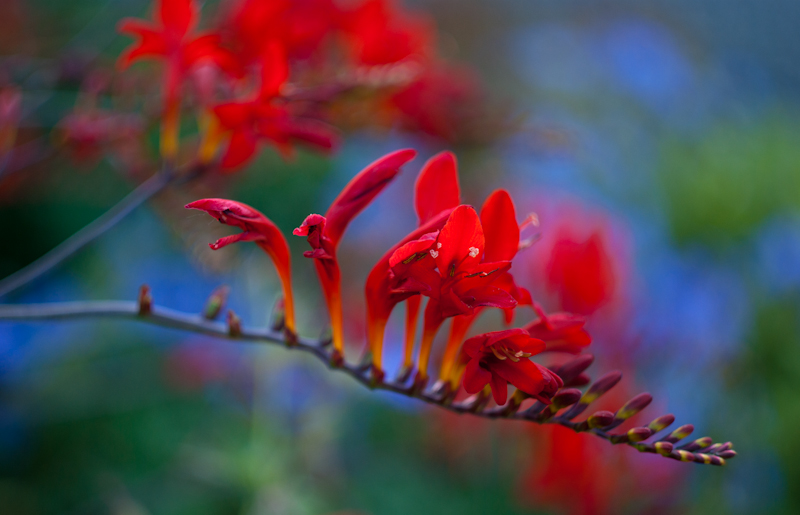 Originally posted by mee
Originally posted by mee 
detail in red seems to be a difficult choice for Pentax cameras..
...and Canon cameras and Nikon cameras and Sony cameras and Olympus cameras and Fuji cameras and Leica cameras...
They all use similar tech. The comments above regarding JPEG settings are useful, but the issue is with the actual capture at the sensor.
The light-sensitive components are more responsive to the warm end of the spectrum. As noted above, the camera has compensating mechanisms but there are limits. With bright reds and yellows, the combination of high color saturation, bright light, and low subject contrast often results in low perceived detail and depth. Often enough highlight clipping may also be present in the red channel.
Shooting in RAW may help, but if the red channel highlights are clipped there is little that can be done in PP. The same is true for in-camera JPEG.
Edit: The struck-out text above is not true. I don't know where I got that idea. The actual sensitivity peaks in the green range with blue and red being about the same. As noted on other comments, the sensor uses filters and electronic trimming of the individual channels to approximate human vision. The ability to do this well is more difficult for red and to a lesser extent deep blues. Both colors can be problematic both for both high and low luminence.

Image lifted from a white paper on the
Edmunds Scientific Web site.
Red: 620-750nm
Green: 495-570nm
Blue: 450-495nm
For a good discussion of actual spectral response:
LDP LLC: Spectral Response
Steve


 Similar Threads
Similar Threads 






















